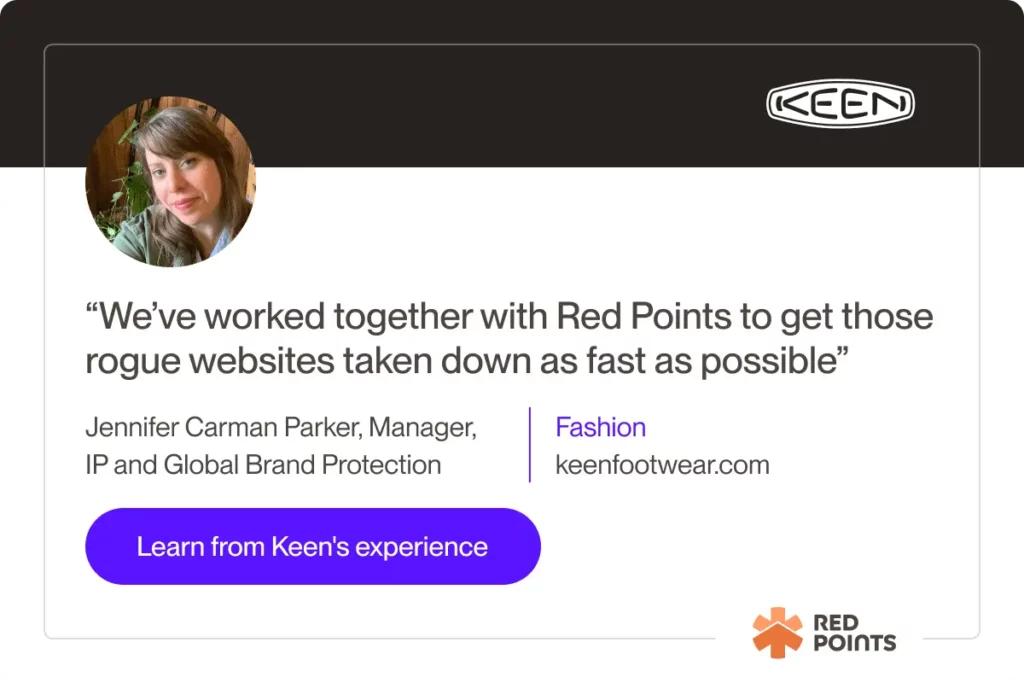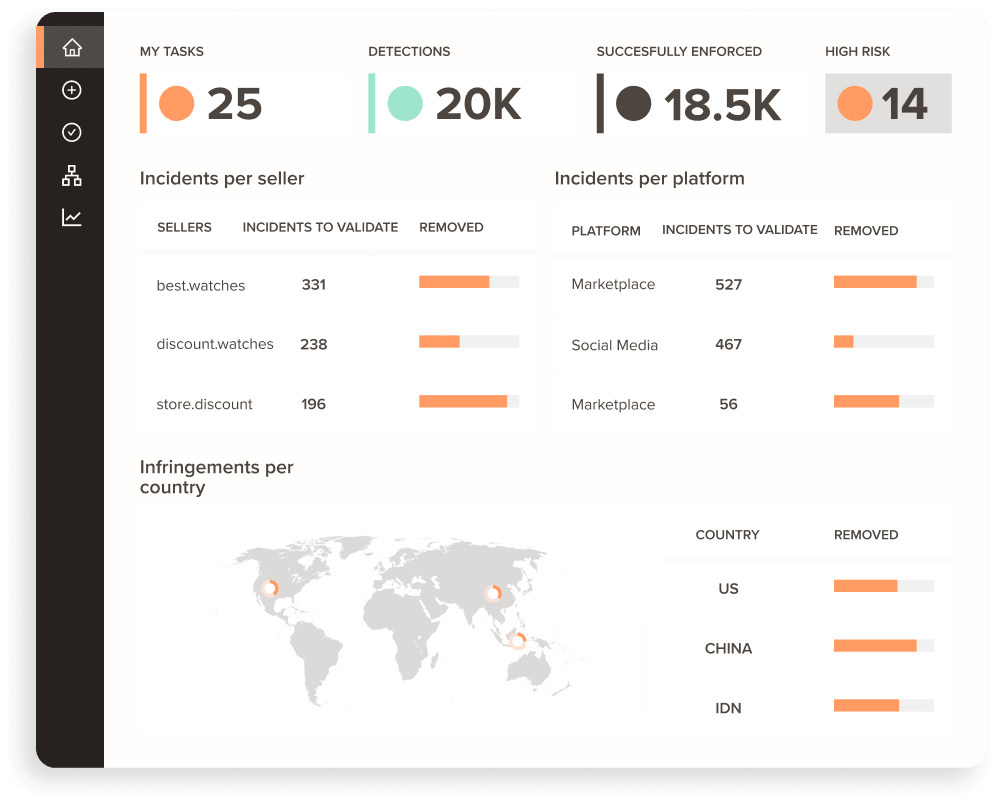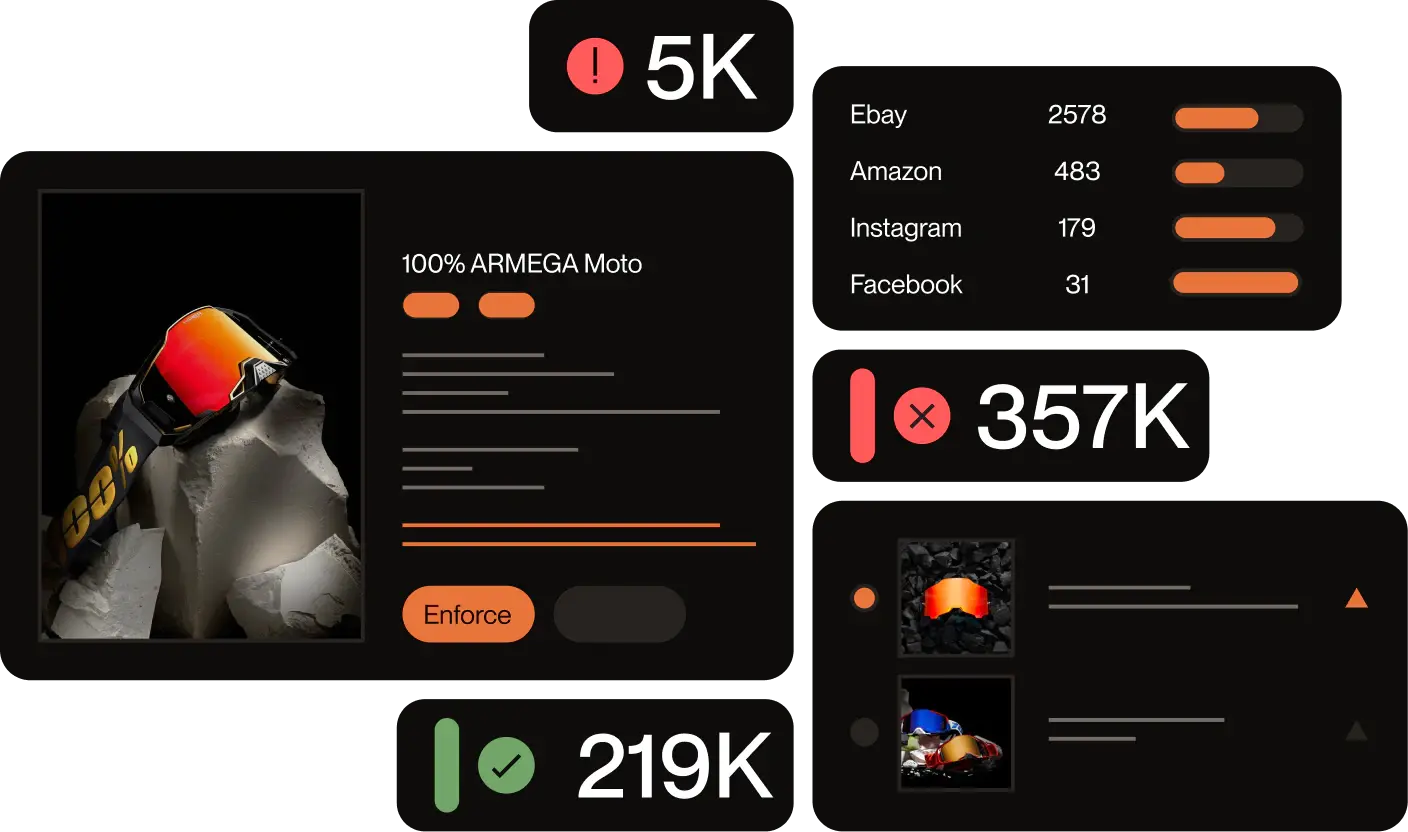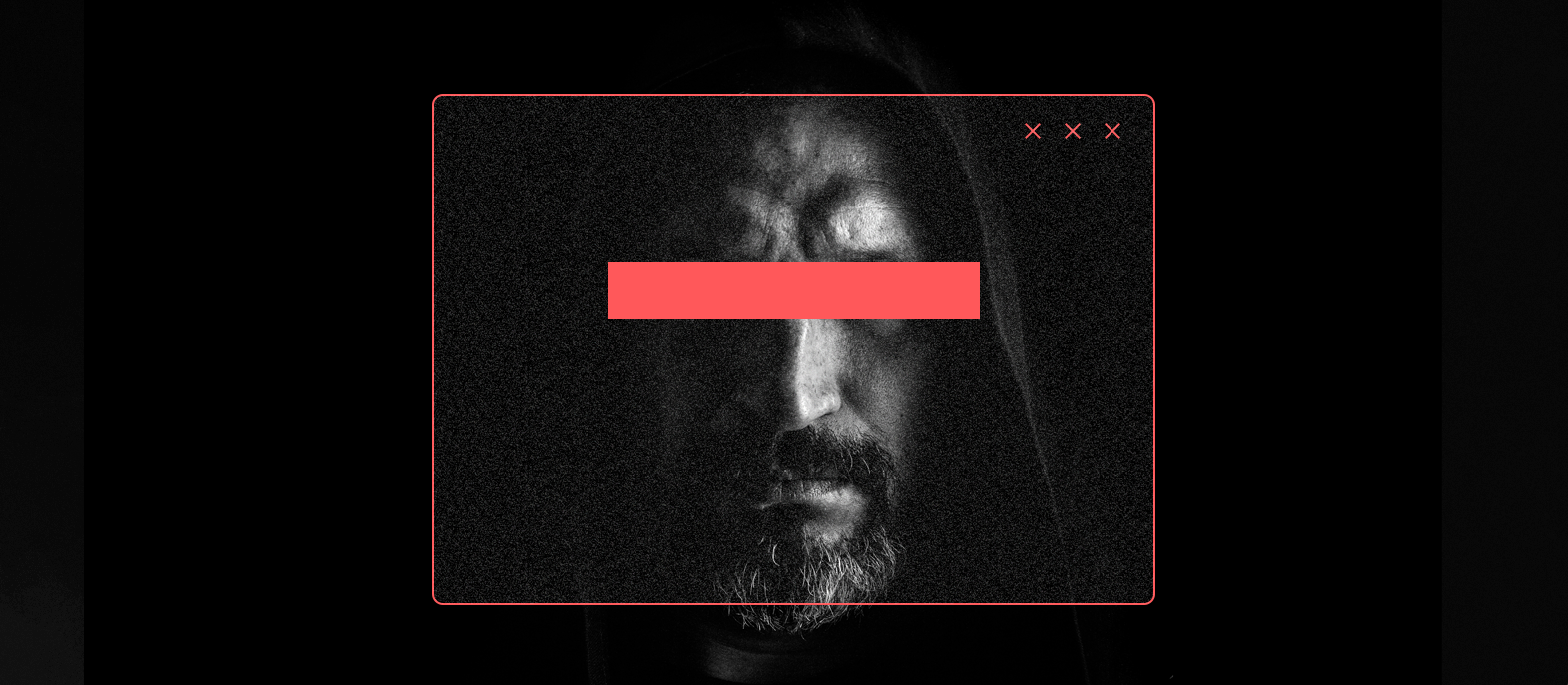How do you protect your brand when scammers work around the clock to impersonate it?
The real problem isn’t just detecting these attacks—it’s the constant battle to stay ahead of increasingly sophisticated tactics. You face limited resources, time-consuming manual monitoring, and scattered enforcement processes across platforms. Without the right strategy, your brand risks falling behind while fraudsters thrive.
In this article, we’ll share actionable steps to report brand spoofing scams and reclaim control.
Actionable steps to report brand spoofing incidents
If your brand has been targeted by brand spoofing, fast action is critical to protect your reputation and prevent further damage. Follow this step-by-step guide to report incidents effectively and save time and resources.
Step 1: Identify and document the spoofing incident
Before reporting, gather all evidence to ensure platforms and authorities take your report seriously. Documentation should include:
- Screenshots of fake websites, listings, or impersonated accounts.
- URLs, IP addresses, and any suspicious email addresses associated with the spoofed site.
- Customer complaints or reports indicating fraudulent activity.
Step 2: Report the incident to relevant platforms and authorities
arget your reports based on where the spoofing occurs:
- Social Media: Use impersonation or brand abuse reporting tools on platforms like Facebook, Instagram, and Twitter.
- Search Engines: Notify Google or Bing to remove fake sites from search results.
- Domain Registrars: Report spoofed domains to registrars to request a takedown. Tools like ICANN WHOIS can help identify the domain owner.
Step 3: Collaborate with platforms for enhanced protection
Many platforms offer partnerships or enhanced brand protection features for businesses:
- Amazon Brand Registry: Helps brands protect intellectual property and take down infringing listings.
- Google’s Trusted Copyright Program: Allows faster removal of counterfeit content.
- Social Media Verified Accounts: Blue checks or similar features on platforms like Instagram, Twitter, and LinkedIn help customers identify legitimate accounts.
Step 4: Use Red Points to streamline reporting
Manual reporting can be time-consuming and resource-heavy, especially for businesses experiencing widespread or recurring spoofing incidents. This is where Impersonation Removal tools like Red Points shine.
Red Points in action: How Keen fought back against spoofing
Keen, an outdoor footwear brand, faced a surge of fake websites that led to 1,400 customer complaints in a single day. Fraudulent Facebook ads linked to the spoofed websites were tarnishing their reputation and confusing their customers.
By using Red Points’ AI-driven detection and enforcement tools, Keen quickly identified and removed the offending ads and websites. The platform’s advanced AI ensured swift action, achieving a 93.5% enforcement success rate. With Red Points, Keen not only protected its customers and brand reputation but also prevented further damage.
For brands like Keen, Red Points offers:
- Automated detection of spoofed accounts, websites, and ads.
- Logging of evidence for faster and more reliable enforcement.
- Direct removal requests to hosting providers and domain registrars.
These tools streamline the reporting process and ensure brands can respond to spoofing incidents efficiently, just as Keen did.

What happens after reporting? Possible outcomes and next steps
Once you’ve reported a brand spoofing incident, there are several possible outcomes, depending on the platform’s policies, the severity of the incident, and the steps taken to resolve it.
Outcome 1: Immediate takedown
Some platforms act quickly when they detect clear violations, removing fake accounts or websites within hours or days. This is the best-case scenario, especially for high-impact spoofing incidents.
Outcome 2: Pending investigation
In many cases, platforms may need more time to investigate the incident. They might request additional information or documentation to verify your claim. This process can take days or even weeks, depending on the complexity of the case.
Commonly requested information includes:
- Screenshots of the fake website, account, or ad.
- URLs, domain names, and IP addresses.
- Proof of ownership, such as trademark or copyright certificates.
- Customer complaints or reports highlighting the spoofing.
- Historical data on prior infringements.
Outcome 3: Escalation to legal action
When an infringer refuses to comply or persists with spoofing, legal action may be necessary to protect your brand. Below are the main legal options available:
- Cease-and-desist letters: A formal demand for the infringer to stop their unauthorized activities, outlining violations and potential consequences.
- Trademark or copyright lawsuits: Legal action to address unauthorized use of your brand’s logo, name, or content. This can include claims for damages and injunctions to prevent further misuse.
- Domain seizures: Through processes like the Uniform Domain Name Dispute Resolution Policy (UDRP), you can reclaim domains mimicking your brand.
- Civil litigation for damages: Seek compensation for financial losses, reputational harm, and legal costs. Statutory damages may also apply in cases of copyright or trademark infringement.
- Injunctions and court orders: Obtain legal orders requiring the infringer to stop their activities immediately.
What’s next
By implementing the strategies—identifying and documenting incidents, reporting to relevant platforms, considering legal actions, and proactively preventing future occurrences—you can strengthen your defense against brand spoofing.
For a more streamlined and efficient approach, consider leveraging automated solutions like Red Points that specialize in brand protection. These tools can help detect and enforce brand spoofing at scale, saving you time and resources.







